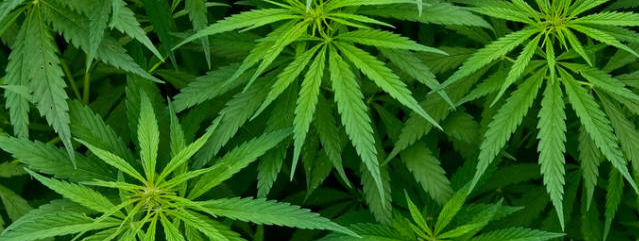
More than six years after an older driver ran into me, causing multiple injuries including post-traumatic stress disorder, I decided I wanted to write a memoir about the tragedy and its aftermath. I wrote (actually I typed) nearly everyday. Essentially, I dumped my brain onto the page, ignoring the logical left side as I typed fast and furious without thinking about the structure of my story. Six months later, I had 365 pages of facts muddled with emotion. Though I felt proud of myself for my accomplishment, a puddle of grief muddied the moment. I thought I was ready to write about the accident, but maybe I wasn’t. Maybe I hadn’t yet figured out how to navigate my PTSD speed bumps. As the months and years passed, I read the pages again and again, examined with a closer eye what I had written, pondered the subterranean meaning of each passage and turn of phrase. The combination of time, taking breaks from my story, and reuniting with it from the perspective of a maturing writer, helped me gain insight into my work. In essence, I had stepped outside of myself, outside of my PTSD, and looked at the endless pages from a different, non-PTSD angle.
I’m glad I stuck with writing because research shows that it helps heal PTSD, even brief periods of putting pen to paper. http://www.sciencedirect.com/science/article/pii/S0005796712001088
When we experience a trauma, physical and/or emotional, our brains work overtime to process it, interfering with our ability to be present for others, and ourselves. Writing our thoughts down helps to release the emotional burden, and helps us to organize, put our thoughts in order – clean up our metaphorical cluttered homes. Writing has been shown to benefit the immune system, and overall health. But a professor of psychology at the University of Texas in Austin, Dr. James Pennebaker, cautions: “Standing back every now and then and evaluating where you are in life is really important.” Speaking from experience, I agree. https://www.utexas.edu/features/2005/writing/
So, where to start? Here are my ideas:
1) Journaling: Even if you jot down one sentence each day.
2) Carry a pad of paper with you at all times – when a disturbing thought crowds your brain, write it down.
3) In first person (from the perspective of “I”), write about an emotional, or traumatic, event that has kept you awake at night. Just write. Don’t think about who might see it – lock it in a safe deposit box if you have to. The rub: put it away for a month, or two, or three, and then go back to it.
4) Take the same piece you worked on in number three, and write it from a different point of view – second or third person – forcing yourself to step outside of your hypersensitive skin (I’ve engaged in this exercise – it opened a vault door I never knew existed).
Feel free to share how this exercises worked for you?
“There is no greater agony than bearing an untold story inside you.” Maya Angelou, I Know Why the Caged Bird Sings
Additional Resource:
http://healmyptsd.com/2014/08/writing-for-ptsd-healing.html
Read More





Recent Comments